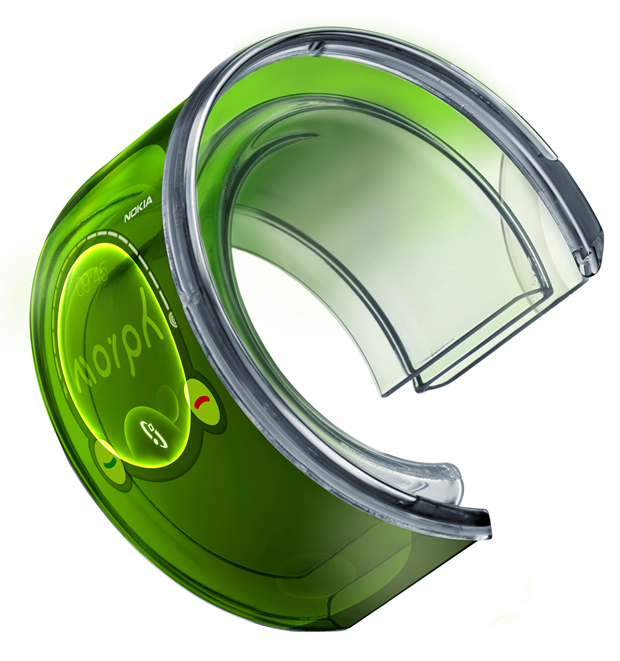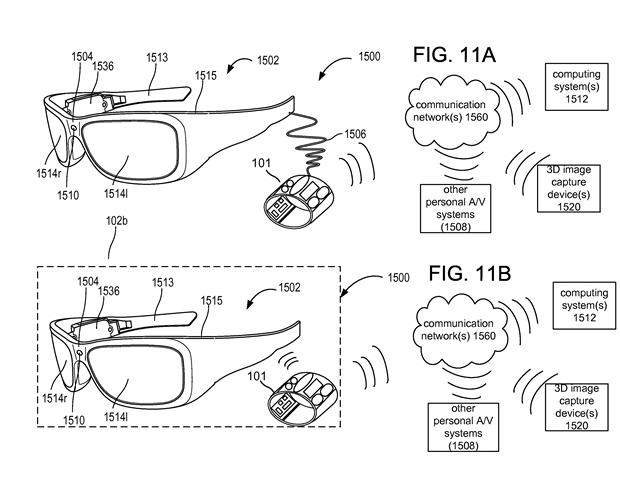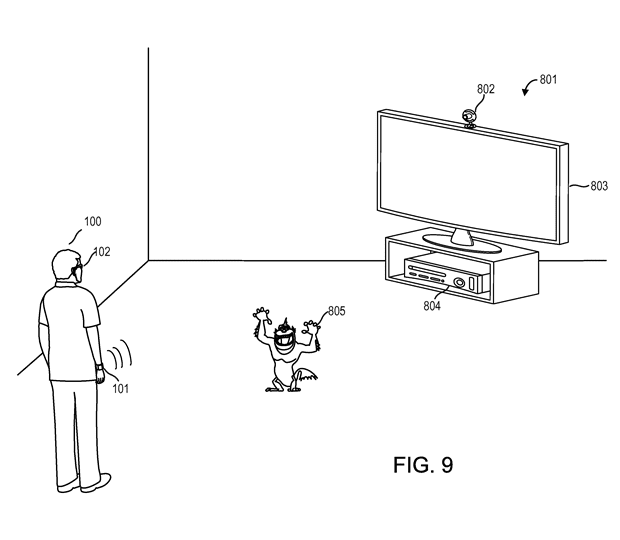Microsoft patents wrist-worn flexible bracelet to go along with their Augmented Reality Glasses
3 min. read
Updated on
Read our disclosure page to find out how can you help MSPoweruser sustain the editorial team Read more
While we still have to see the results of their efforts, Microsoft is strongly rumoured to be working on various wearables, including a biometric health and fitness band.

The device will also integrate biometrics, and react to input from that source. The biometric sensors may include heart rate sensors, blood/oxygen sensors, accelerometers, thermometers or other type of sensor that obtains biometric information from a user . The biometric information may identify muscle contractions of the arm and/or movement of the arm or other appendage of user. Microsoft Research has earlier shown how a wrist-worn bracelet will be able to read finger positions and allow users to type without an actual keyboard.
Microsoft writes:
A wrist-worn input device that is used in a AR system operates in three modes of operation. In a first mode of operation, the input device is curved so that it may be worn on a user’s wrist. A touch surface receives letters gestured or selections by the user.
In a second mode of operation, the input device is flat and used as a touch surface for more complex single or multi-hand interactions. The input device includes one or more sensors to indicate the orientation of the flat input device, such as portrait, landscape, one handed or two handed. The input device may include a processor, memory and/or wireless transmitter to communicate with an AR system.
In a third mode of operation, the input device receives biometric input from one or more biometric sensors. The biometric input may provide contextual information while allowing the user to have their hands free. The biometric sensors may include heart rate monitors, blood/oxygen sensors, accelerometers and/or thermometers. The biometric mode of operation may operate concurrently with either the curved or flat mode of operation.
Microsoft envisions the device working together with their smart glasses (also patented earlier), acting as an additional source of data.
This may find application in gaming system, where it could be used to enhance the virtual reality of the game.
Muscle sensing using such a band also enables a variety of very powerful applications:
The rash of patents in the wearable arena is certainly a lot of smoke, suggesting rather strongly there is the fire of a real project, but with Apple expected to announce their own smart wearables shortly, and Google already releasing actual products into the market, Microsoft clearly has to move a lot faster than it has been so far.
See the patent here.











User forum
0 messages